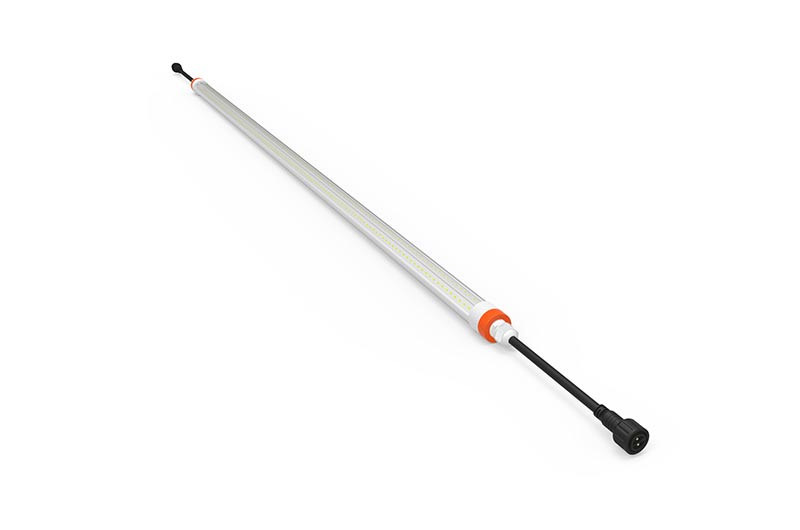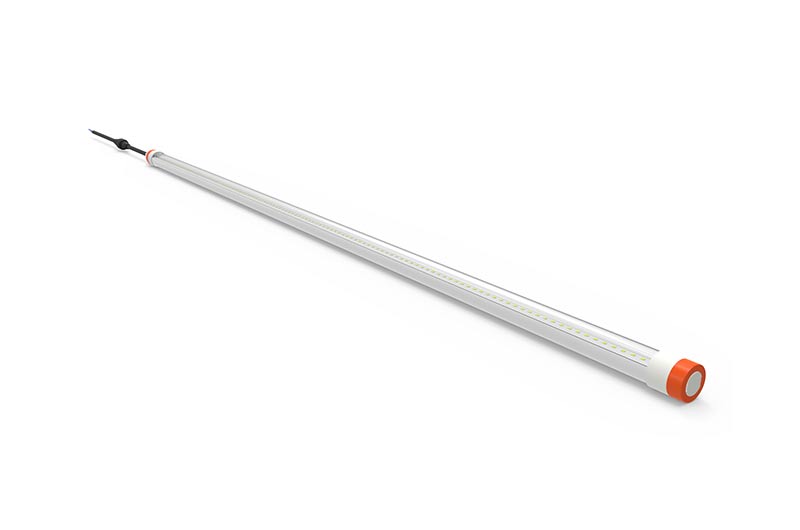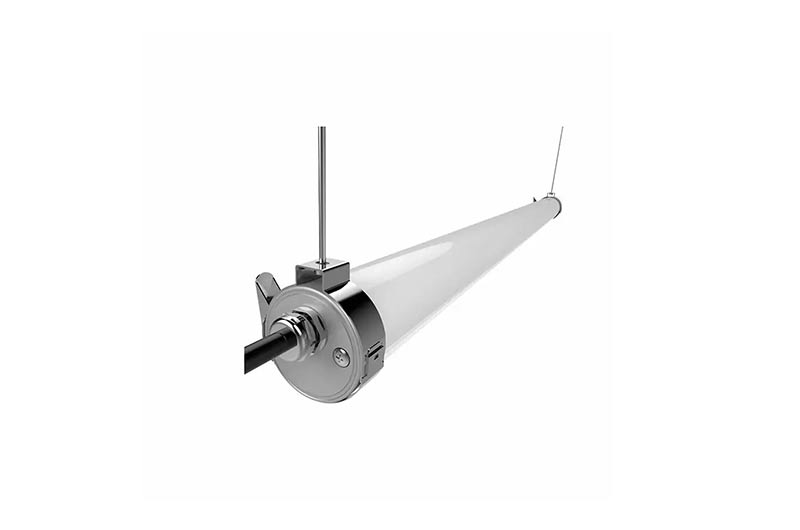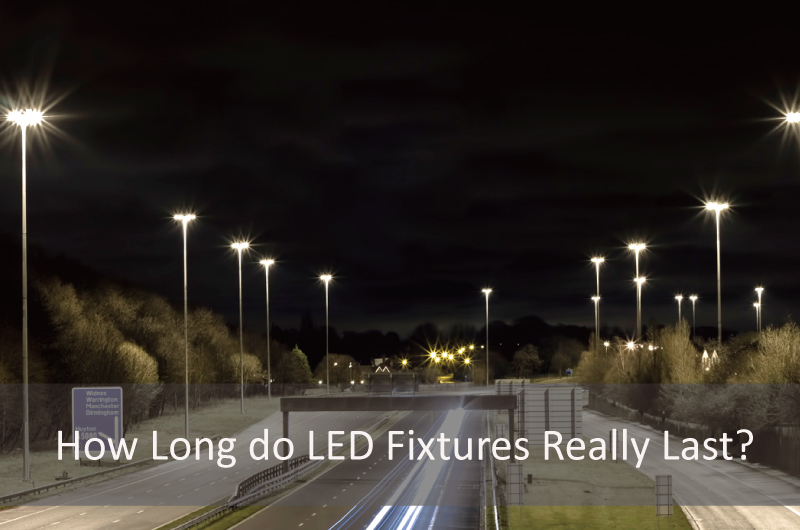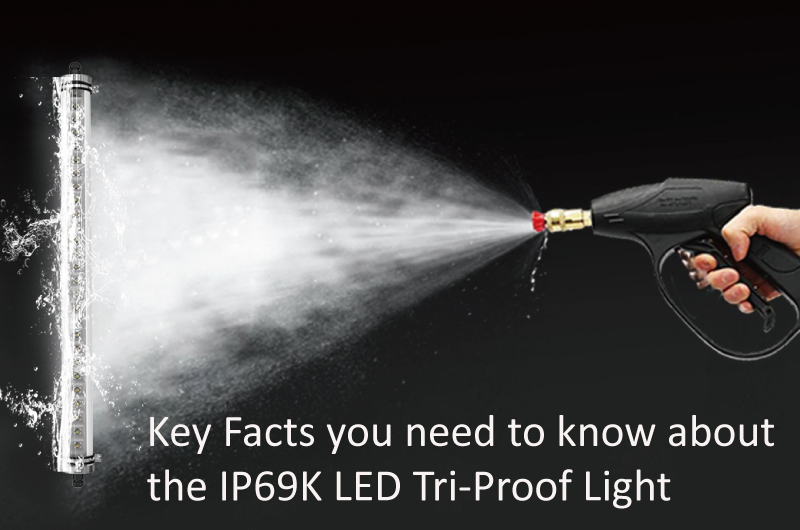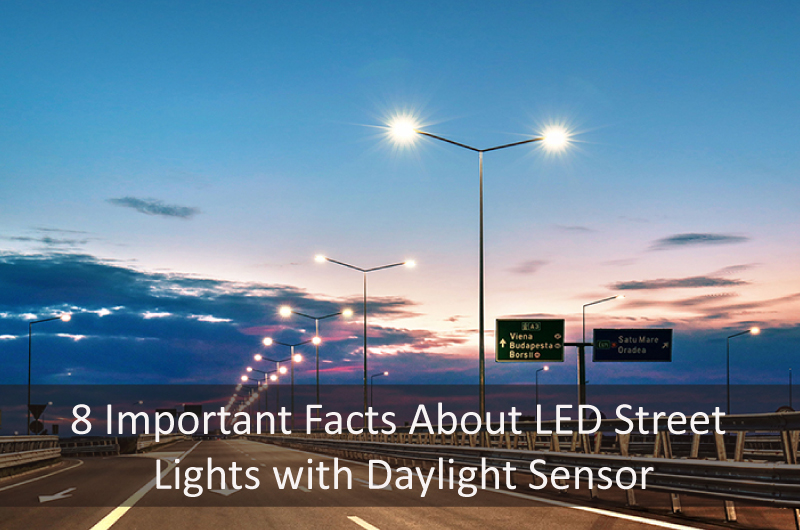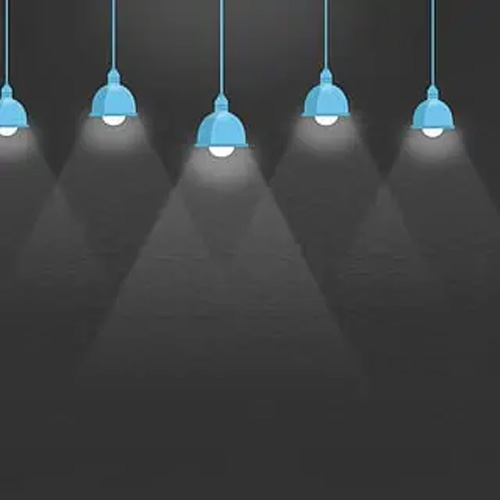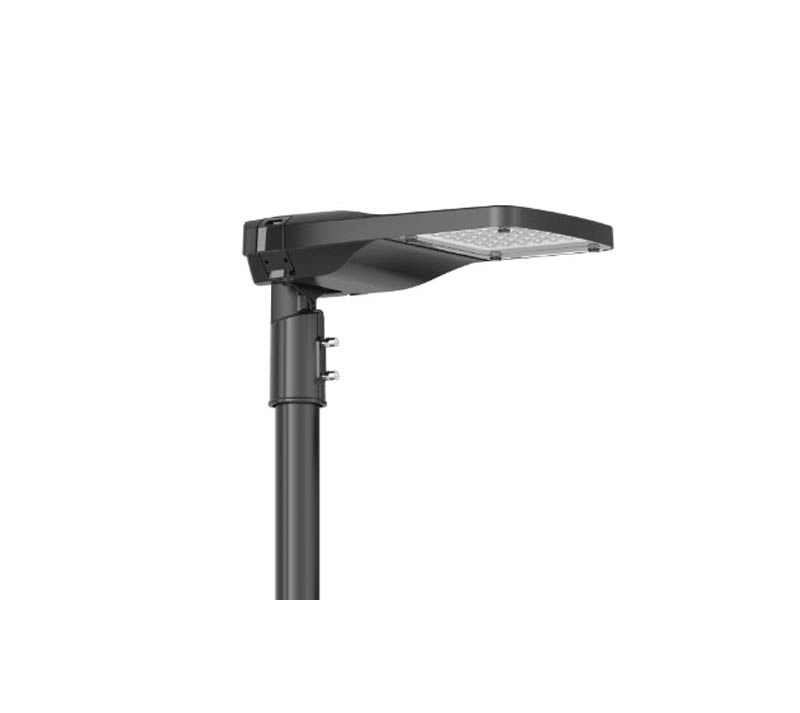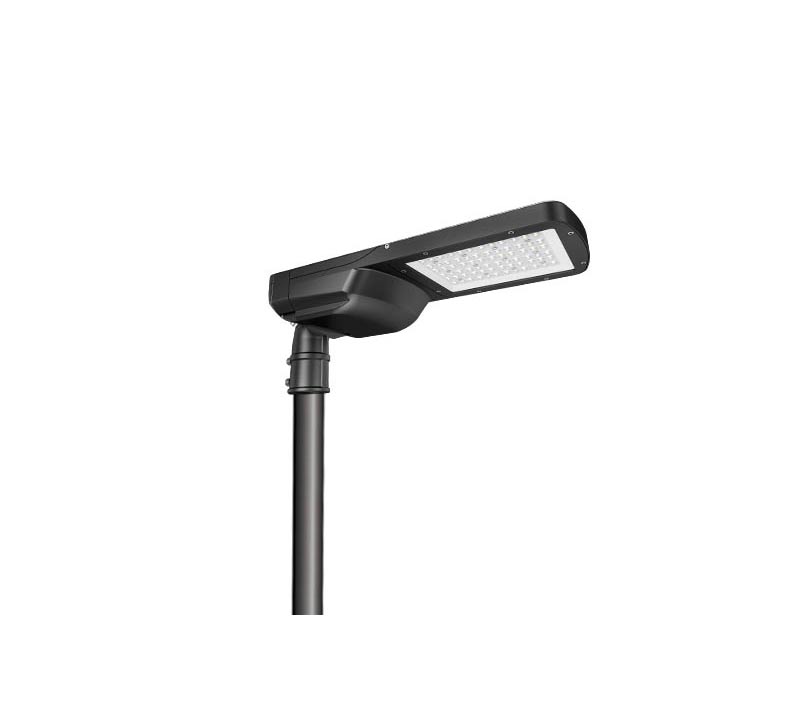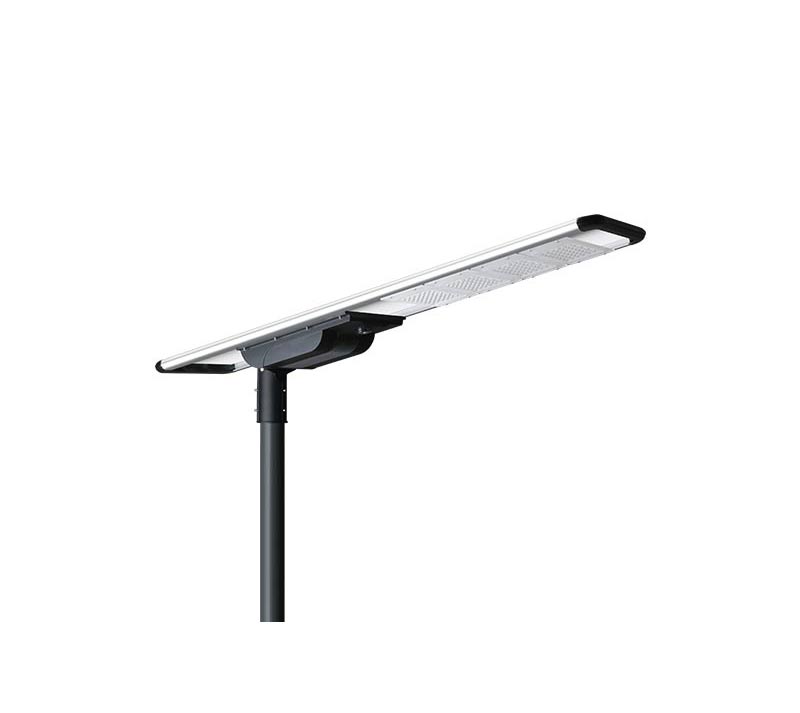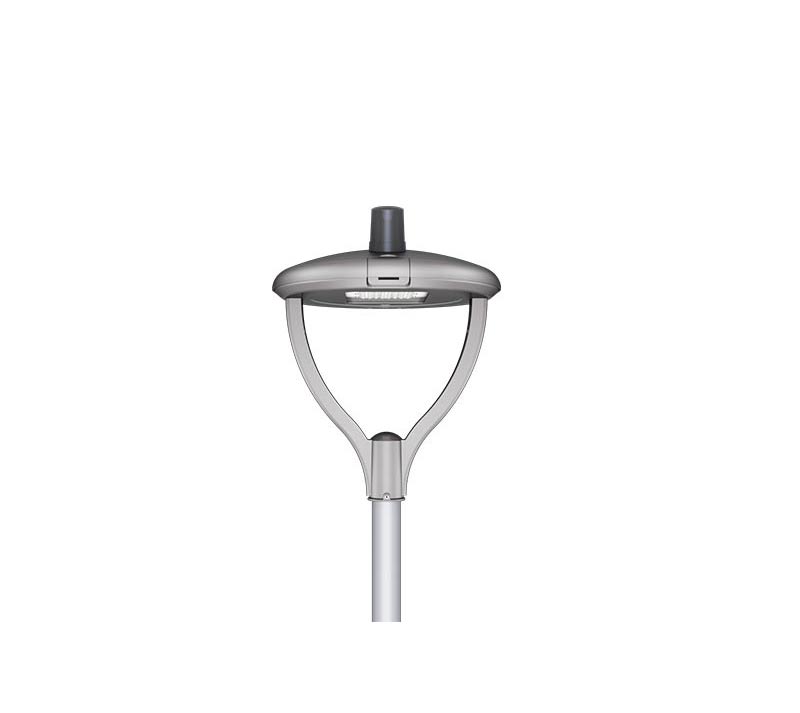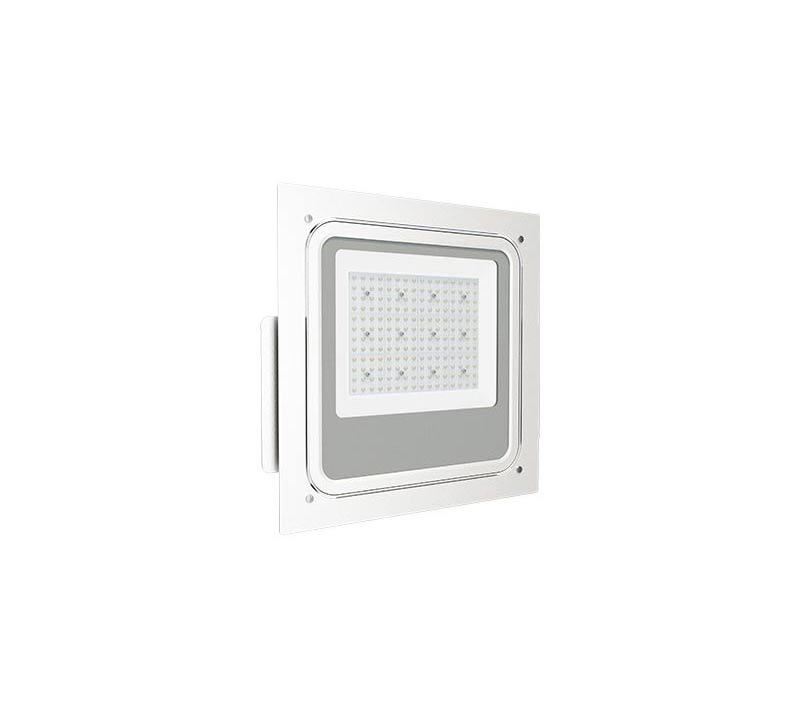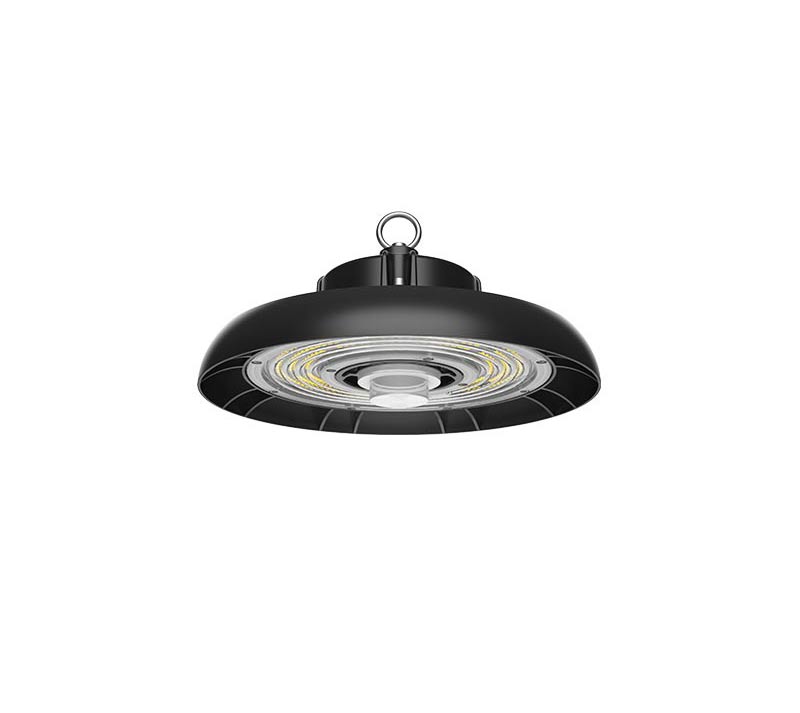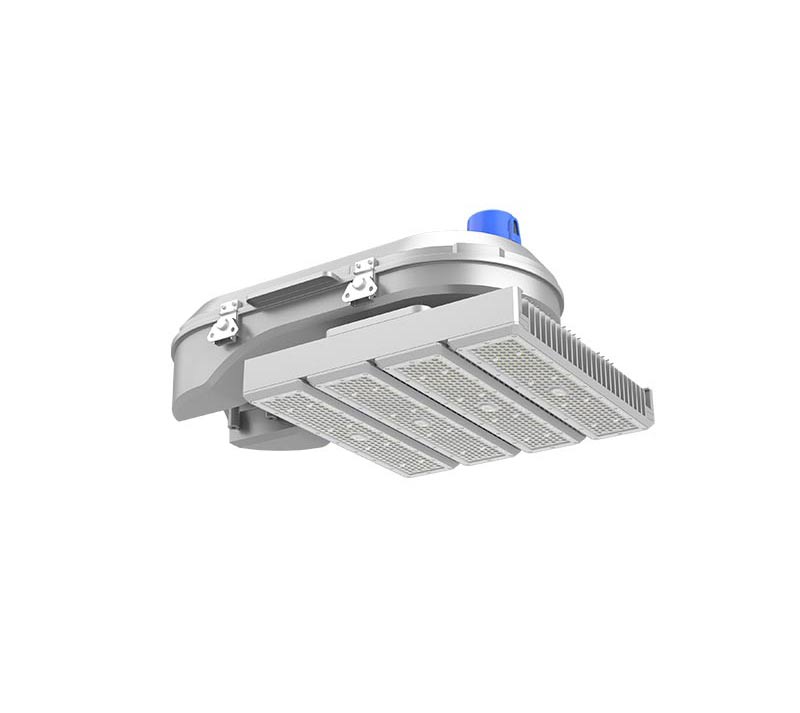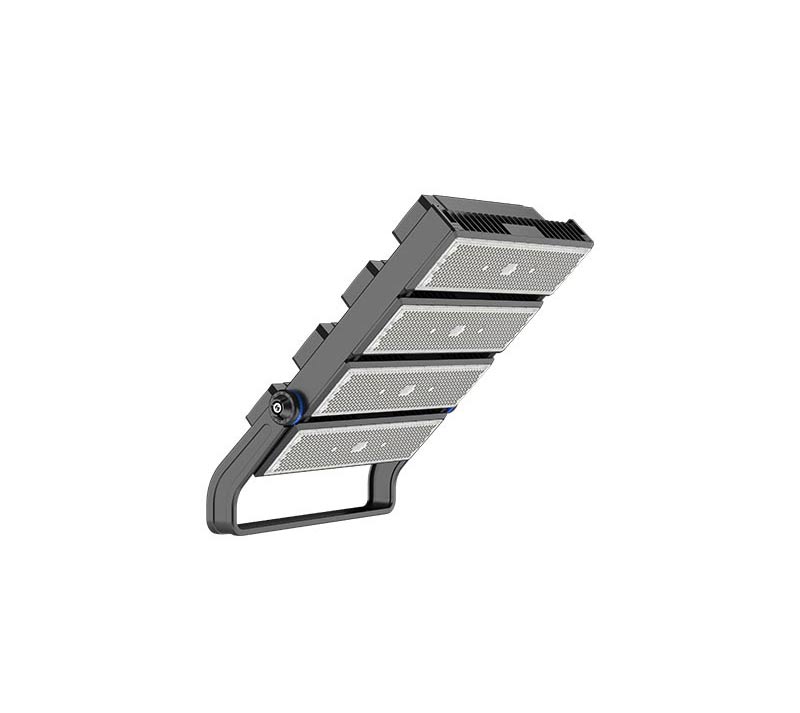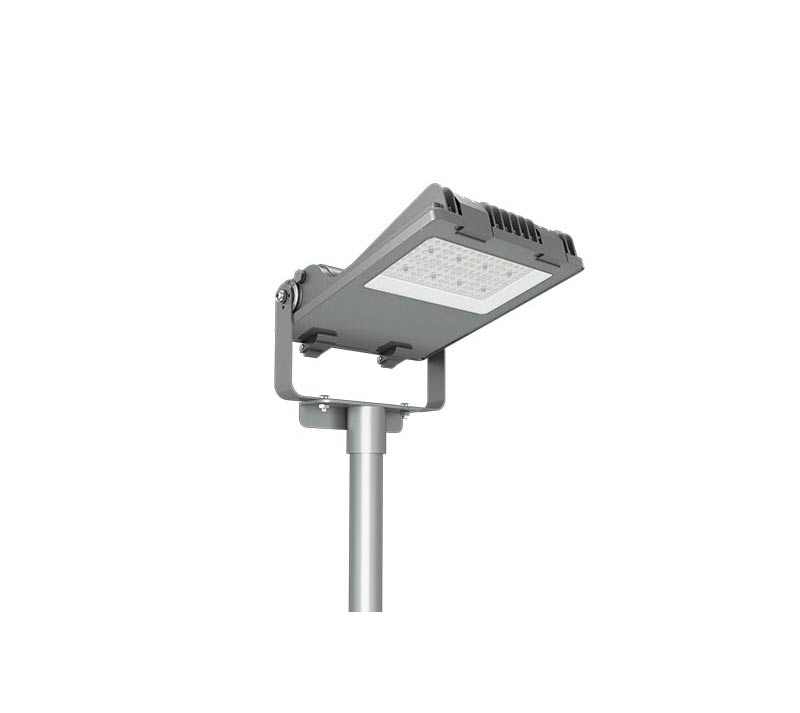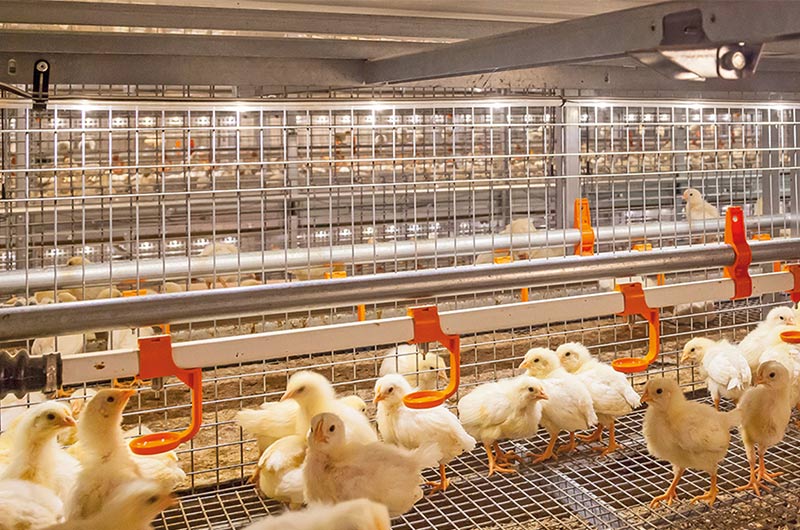
T8 Tube IP67 Corrosion-Free Poultry Light for Chicken House Lighting
Our T8 Tube IP67 Corrosion Poultry Lights are designed for the specific needs of chicken coops. It provides optimal illumination, long life, and robust protection from the harsh conditions often encountered in poultry environments.
Thanks to its IP67 rating, the lighting solution is highly resistant to dust, moisture and corrosive substances, ensuring the health of the poultry and the productivity of the staff.
360 Rotating End T8 LED Lighting Solution for Poultry Farming
Whether you are a large poultry farmer or a small poultry farmer, this 360-degree rotating tail-end T8 LED lighting solution will provide you with an unprecedented lighting experience and effect.
Special Features

360 Rotating
The 360-degree rotating function also ensures that the light can flexibly irradiate every corner of the chicken coop to meet various lighting needs.
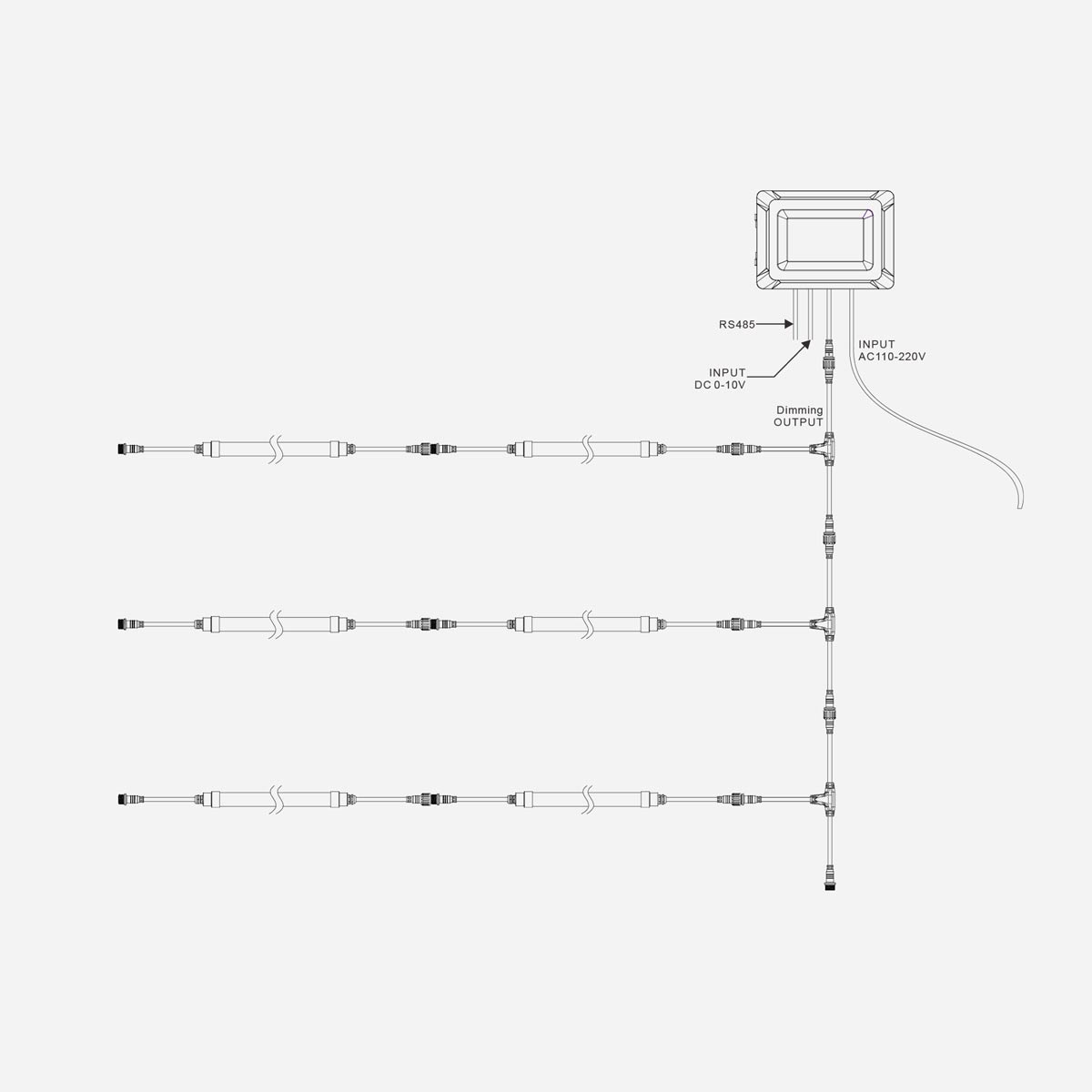
Flexible Linkable
With simple connectors, you can easily connect multiple luminaires together to meet the lighting needs of larger areas or specific areas.
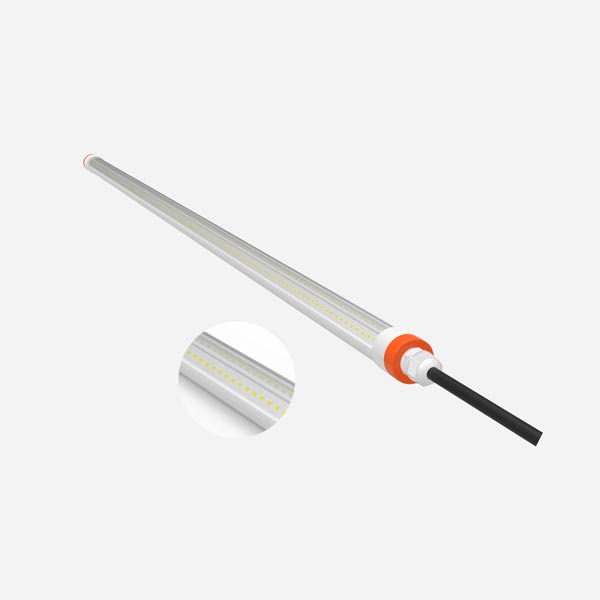
150° Beam Angle
The V-shaped structure and 150° beam angle combine to spread the light more efficiently, reducing the need for multiple fixtures.
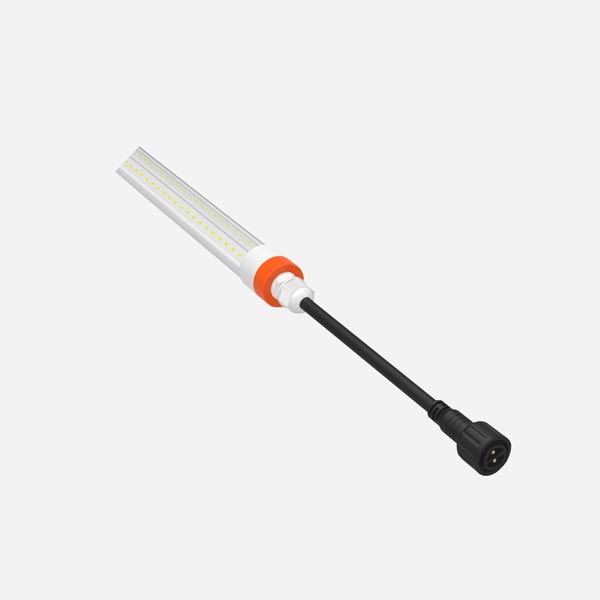
Waterproof Connector
Poultry Light has a waterproof connector that prevents the ingress of water and moisture, thus protecting the light and the cable from damage.
Specifications
| Series No | Series T8 Poultry Light |
|---|---|
| Wattage | 9-28W |
| Input Voltage | 100-240v/200-240vac/ |
| Efficiency | 130-140lm/w |
| CCT | 3000-6500K |
| CRI | Ra 70/80 |
| Power Factor | >0.95 |
| IP Rating | IP67 |
| IK Rating | IK08 |
| Work Temperature | -40°C to + 55°C |
| Beam Angle | 120 /150 degrees |
| Application | Chicken farms, Pig houses, Sheepfold, Cowshed, Refrigerator |
| Dimming | 0-10v/DALI/Triac dimming |
| Protection | Class I |
| Certification | Salt Spray / IP69K /Anti-Ammonia Test Report |
| Control mode | Timer/Smart Control |
Related Case
Why Choose Poultry Light from MK Lighting?
Choosing the right poultry lighting is critical to ensuring poultry health and productivity, and MK Lighting has the advanced technology and experience in poultry lighting to provide farmers with unrivaled lighting solutions.
Professional Support. The team at MK Lighting is always there to support our customers, whether it’s with product advice, installation guidance, or after-sales service.
Flexible installation. MK T8 chicken farm lights adopt plug-in waterproof connectors, which can not only meet high water resistance but also be easy to install. The male and female heads are designed for quick connection.
Special Spectrum. Special Spectrum Improve Meat & Egg Production, 2700-3000K for Layers and 6000-6500K or Full Spectrum for Broilers.
Custom-Made Poultry Led Light for Chicken Farm Lighting
MK Lighting’s poultry LED fixtures are available in a variety of customizations, combining specialized spectra, adjustable light angles and multiple mounting options to meet the needs of different coops. The infinitely dimmable feature mimics the natural day/night cycle to create the optimal growing environment for chickens, while the high-quality LED design ensures durability and high energy efficiency.
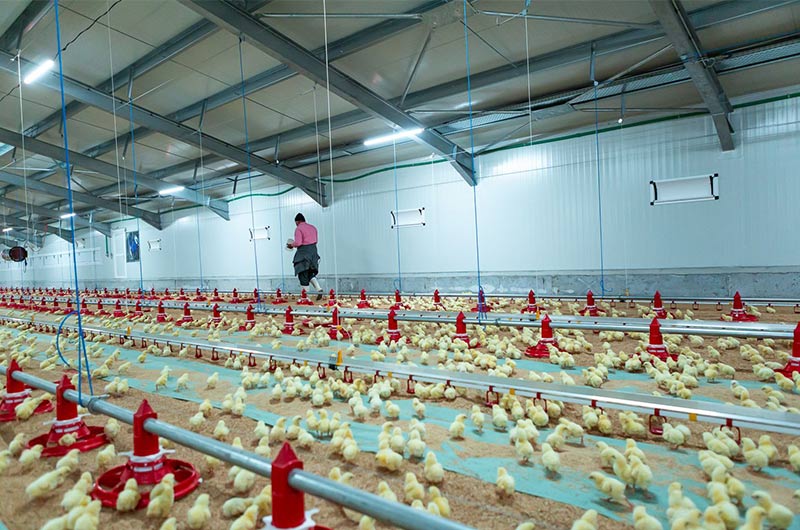
Poultry Led Light Applications
Poultry LED lamps not only provide the necessary light for poultry, but also play an important role in multiple application scenarios. Below are the main application scenarios of poultry LED lamps:
- Laying Hen Farming
- Incubation Rooms
- Brooding Area
- Breeder Breeding
- Special Breeding
- Disease Control
Discounts for Electrician, Contractor or other Trade
Our team continuously creates valuable partnerships with various electricians, contractors, lighting solution businesses, lighting design companies, and other tradespeople to ensure you all receive the special discounts and services possible with unbeatable quality and a proven track record!
★ Go on our referral list of contractors, installers, and other lighting services –at no extra cost, you can expand your business by accessing our unique database of contractors, installers, and other lighting services. Communicate directly with reliable experts renowned for their excellent work.
★ Get assistance with rebate research and application – making it easier for you to find and file rebates available in your area. We are here to help you save money and money on any rebate.

★ Direct from factory prices – means you get the lowest prices! There are no middlemen to add extra cost. Our customers are our biggest customers, and your satisfaction is our highest priority.
★ Priority service in providing free lighting plans – allowing you to give immediate results to your customers and claim your money saved on our low-cost service. All the information will be collated and ready for you to present to your customer as soon as they contact you.
More Than Just a Poultry Light Manufacturer
At MK Lighting, we know we don’t just make lights, we create value for farmers, improve living conditions for poultry and set new standards for the industry as a whole. Therefore, we take pride in our work. When you choose MK Lighting, you’re not only choosing a poultry lighting manufacturer, but you’re choosing a long-term partner and industry leader.
Frequently Asked Questions
We have compiled the most frequently asked questions about our led street light fitting here for your convenience, but please feel free to contact us if you have any additional questions.

